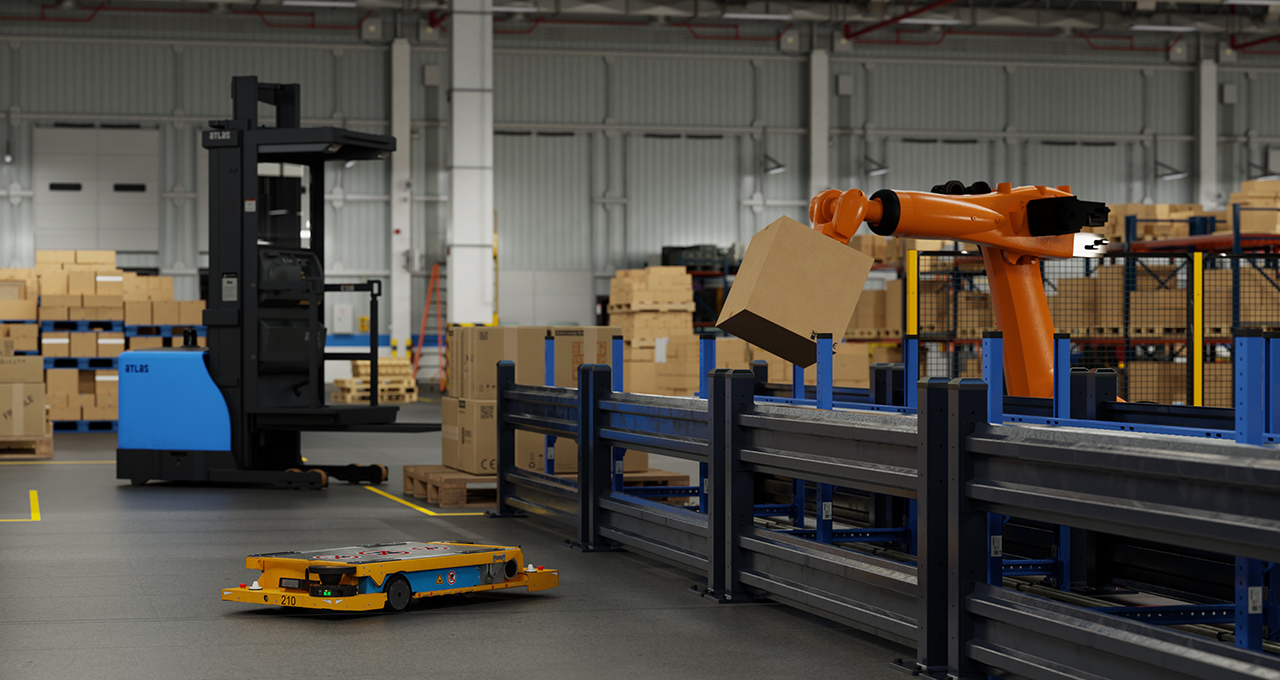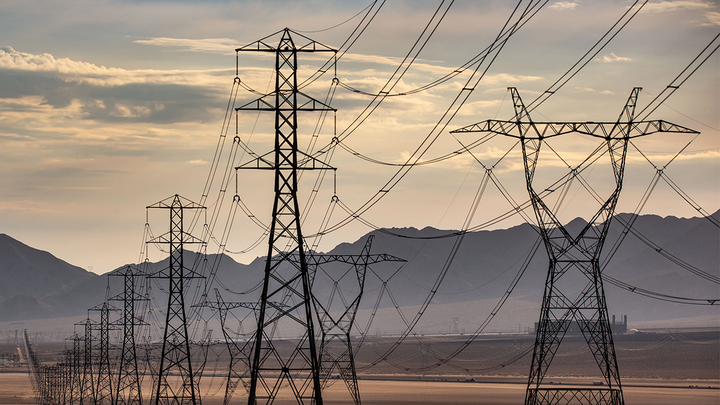[ad_1]
Samsung’s HW-Q990C was the best overall soundbar I tested last year, mostly due to its stellar audio and the fact that a subwoofer and rear speakers came with it. The company didn’t change much for the 2024 version, the HW-Q990D, but one tweak delivers a feature last year’s model should’ve had: HDMI 2.1. There are some new audio modes too, but you can find those on other Samsung soundbars. The Q990D is as powerful as ever, but it’s still pricey at $2,000. If you already bought a Q990C, the company hasn’t given you a reason to upgrade just yet.
The biggest addition to the Q990D is a feature Samsung’s flagship soundbar should’ve already had.
- HDMI 2.1
- All-in-one surround setup
- Excellent, immersive audio
- Handy features
- Pricey
- Not a huge update over last year’s model
What’s new on the Samsung Q990D?
The biggest addition on the Q990D is HDMI 2.1. With this, Samsung addressed my main criticism of the Q990C, which debuted last year at a time when much of the competition had already adopted the standard. HDMI 2.1 delivers 4K passthrough at 120 frames per second, which will improve the visuals if you connect your PlayStation 5 or Xbox Series X directly to the soundbar.
The Q990D also arrives with new audio modes. Private Listening turns off all of the front-firing drivers and uses only the rear satellite speakers. It’s basically an expanded version of the night mode a lot of companies offer on soundbars, aimed at reducing boomy bass when family or roommates might be asleep. My house has an open floor plan and my TV faces towards the hallway to the bedrooms, which means any soundbar will beam noise in that direction. Private Listening sends the audio the opposite way, and while you have to sacrifice some overall quality, it’s good enough for all the times you need to be quieter.
There’s also a new Party Play mode that provides more balanced sound between the soundbar and rear speakers for a better experience when you’re hosting a rager. When this is active, you get the full audio range rather than just the channels specifically programmed for the speakers behind you. I actually turned the speakers around and faced them out of the living room to project the re-tuned audio into other communal spaces. This makes a bigger difference for movies and TV because music already plays from the rear speakers with more balanced levels.
These two modes aren’t unique to the Q990D; the rest of the 2024 Q-series lineup will be able to use them too. This is the first time I’ve tested them though, and it’s notable that they actually work well on Samsung’s most expensive soundbar.
What’s good
The combination of a driver-packed soundbar, large subwoofer and more-robust rear speakers produces immersive sound that envelops my living room. Whether you’re listening to music or the soundscape of Dune, the Q990D retains the sonic prowess of its predecessor. Dolby Atmos content from Disney+ is as immersive as ever. I could hear the finer details of Knowhere in the opening scenes of Guardians of the Galaxy Vol. 3, including the life-like reverb of Radiohead’s “Creep” playing over a loudspeaker. The directional sounds of the town, including the hustle and bustle of people moving around, make it seem like you’re standing right there.
For music, there’s deep, boomy bass when a track calls for it, and that crisp detail that I heard in movies is here too. Justice’s Hyperdrama shows off the Q990D’s range, with driving low-end tone on songs like “Neverender” accompanied by textured synths. Quieter genres like jazz are a blanket of sound too, with albums like Miles Davis’ Kind of Blue offering subtleties that make you feel like you’re in the studio.
The thing I like most about the Q990D is that everything you need for a complete surround sound setup is included in the box. The subwoofer and rear speakers come with the soundbar and don’t require an additional purchase. Those satellite speakers also house up-firing and side-firing drivers, which isn’t always the case on comparable accessories from the competition. And the setup is as easy as plugging everything in because pairing with the rest of the system happens automatically.
What’s bad
An all-in-one setup is great, but that also means the Q990D is expensive. At $2,000, this is a considerable investment even if you’re getting everything you need in the package. The Q990D is currently on sale for $1,750, but we don’t know how long that discount will last. For comparison, Sony’s upcoming Bravia Bar 9 is $1,400. The cheapest subwoofer and rear speakers you can get for it are $400 and $350 respectively, which puts your total cost at $2,150. Of course, with Sony you have two options for subs and rears, and you don’t have to buy all of them. LG offers some respite if you want to go that route, with its S95TR coming in at $1,500 and including the subwoofer and rear speakers with up-firing drivers.
The overall size of the soundbar is something else you’ll need to consider. The Q990D houses 11 front-facing speakers, two up-firing drivers and a subwoofer. All of those components need space, and accommodating them means this soundbar ends up being quite large at 48.5 inches wide. While that’s not a deal-breaker per se, it does require some planning, so just know you’ll need ample room.
Like soundbars from other companies, the Q990D has some handy features that are reserved for Samsung TVs. For example, Q-Symphony, which uses your TV speakers in addition to the soundbar to expand the audio capabilities, requires a compatible 2020-2024 Samsung TV. The Q990D sounds great without this, but just know you’re not getting the full bag of tricks unless you also have a supported TV.
Wrap-up
Unless you care for the latest HDMI standards, the Q990D doesn’t offer a huge upgrade over last year’s model. Their design and features lists are nearly identical, except for two new sound modes and 4K/120 passthrough. And some of those additions are available on more-affordable Samsung soundbars. So if you already sprang for last year’s Q990C, there’s probably not enough reason to make another sizable investment. If you don’t already own a Samsung flagship soundbar, the Q990D offers boomy, immersive sound in an all-in-one package that now has all the modern conveniences it should.
[ad_2]
Source Article Link




